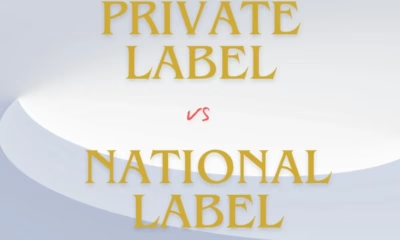Seafood
Why Less Is More in Seafood Marketing Messaging

Effective seafood marketing requires a delicate balance between communication and simplicity. While emphasizing the unique qualities of fresh seafood, such as its health benefits and sustainable sourcing, retailers must avoid overwhelming shoppers with excessive information. Too much messaging can lead to confusion and even deter customers from making purchases, according to industry experts.
Engage Without Overwhelming
Jason Resner, president of DNR Sales & Marketing Strategy Advisors, advises seafood departments to prioritize clear, concise, and impactful messaging. Personnel who interact directly with shoppers should focus on delivering key product information, supported by consistent messaging across in-store and digital platforms.
Resner emphasizes that education is central to successful marketing campaigns:
“Most customers are unaware of the many health benefits of seafood beyond salmon. Educating them about shrimp or other fish fillets can open new purchase opportunities.”
Consistency and Focus
Resner highlights the importance of a unified approach: all stores within a retail chain should present identical messages, regardless of differing demographics. Attempting to tailor messages too specifically often leads to confusion rather than clarity.
Retailers should also avoid “wordy” signage. Instead, digital and social media campaigns can amplify reach while minimizing clutter in stores.
Digital Marketing Advantages
Online platforms are particularly effective for promoting seafood, allowing retailers to showcase price points, product quality, and ethical sourcing practices. Resner suggests supplementing digital campaigns with rewards like gift cards or coupons to build customer loyalty and engagement.
Streamlined Messaging Strategies
For retailers with limited resources, Resner recommends creating a “plug-and-play” seafood marketing messaging. This involves developing three to five pre-designed messages that rotate in marketing campaigns throughout the year.
“This approach ensures a consistent message, reduces labor costs, and provides a ready-to-use digital library,” Resner explains.
Patience in Results
Ultimately, seafood purchasing patterns won’t shift overnight. Consistent, well-structured messaging and a commitment to customer education are essential for fostering long-term sales growth.
By combining simplicity, consistency, and strategic communication, retailers can effectively highlight the benefits of seafood and build lasting customer relationships.





















